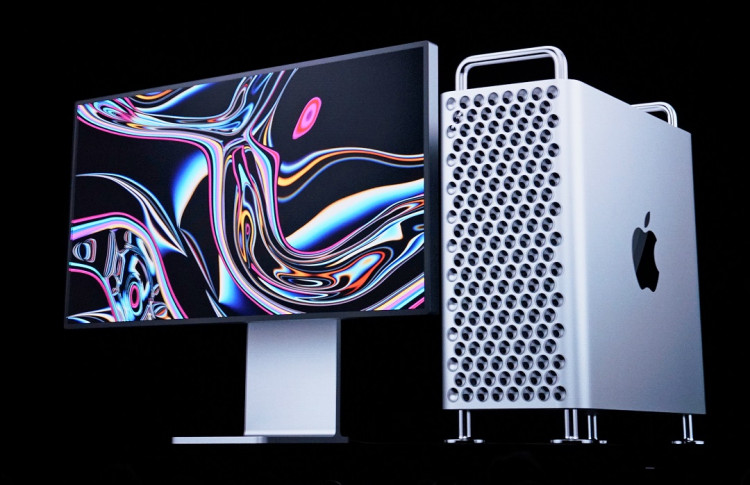The first report that mentions an Apple patent for Face ID on Macs happened in 2017, and this was before we knew what Apple would call the feature when it showed up in the iPhone X. Well, that patent has been granted today.
9to5Mac reports that the patent is a more sophisticated version of Face ID that is currently being used on iPhones, as it would not only offer Face ID authentication but also prevent the Mac from sleeping when it's being used. It's quite similar to the attention aware features you can see on the iPhone, which should allow a Mac to wake up automatically and authenticate a user when approaching the device.
It's quite hard to decipher the patent's description, but we're thinking the Mac would only wake up when an authorized user approaches it. On the other hand, there's also the possibility that the device would wake up when approached, but it would only unlock for a recognized user. It's also not clear whether this would simply unlock a sleeping Mac, or actually offer full boot and login authentication for a Mac that's, in fact, switched off.
The patent doesn't tell much, but it sure looks like the technology would leverage the "Power Nap" feature that can already be found in Macs, which allows the device to do background tasks while on sleep mode. This means that the tech mentioned in the patent won't work when a Mac is completely shut down.
This tech looks like it would be more beneficial on desktop Macs, specifically the iMac. But that doesn't mean Apple's line of MacBooks won't have this feature as well, as the devices could very much use an upgrade. Face ID is one useful feature in Apple products, including MacBook users who, like everyone else, have the habit of leaving their laptops open on their desks.
It's pretty much known to a lot of Apple fans that the company loves filing a lot of patents for features that we're never likely to see, at least not in the near future. This means that the existence of this patent for Face ID on Macs is not a guarantee that it would happen.
But the technology has arrived on the iPad Pro, so the next logical step would to integrate it into the MacBook. A more expensive 16-inch MacBook Pro is about to be released soon - it's good timing, but then again, let's wait for Apple's word on it.




